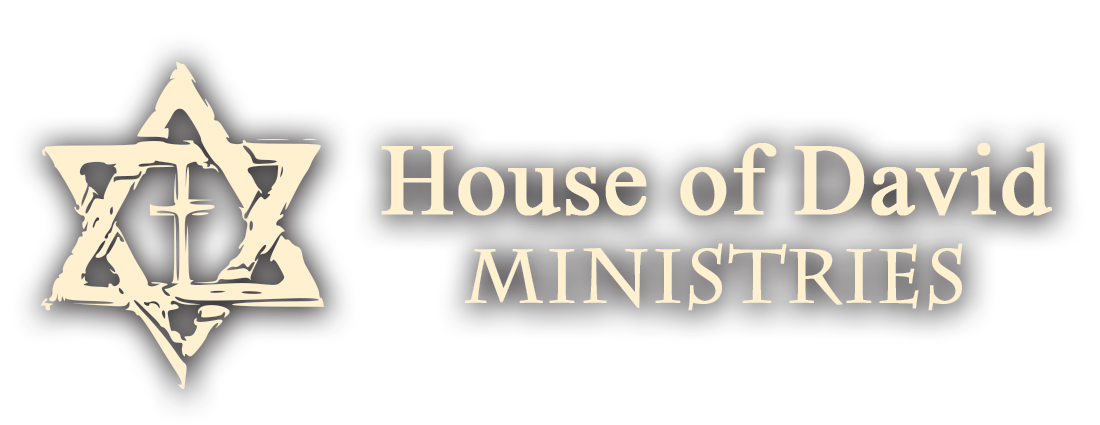I was standing on a street in New York City, just outside Manhattan Island. I could see dark blue buses pulling up to a crowded bus stop. The buses were packed, and many people were trying to get on. A few were also getting off, but most were trying to get on. Next, I saw a map of New York and Manhattan Island with a dark blue path leading up one part of the city, then turning onto the island and leading across, then returning on a separate parallel way.
The path formed the shape of the Greek letter Gamma ( Γ ), or a half “T.” This pattern was used by the Temple's high priests when they sprinkled the blood on the Alter of the sacrificial lamb (see description below). I then heard several voices, one calling out a code name: "red sheep” or “red heifer.” When I looked at the map, listening to the voices, I knew the path led through a dangerous part of the city and felt fear.
I have been reading a book called “The Temple,” written by Alfred Edersheim. I found that “The opening of these gates was the signal for slaying the sacrificial lamb. The sacrifice was offered in the following manner. One priest drew forward the windpipe and gullet of the sacrifice and quickly thrust the knife upwards, while another caught the blood in a golden bowl. Standing at the east side of the altar, he sprinkled it, firs at the northeast and then at the southwest corner. It was sprinkled below the red line which ran around the middle of the altar, in each case in such manner as to cover two sides of the altar, or, as it is described, in the form of the Greek letter gamma ( Γ ).” The next day I looked at an actual map of New York and realized the path in the dream led from the northeast to the southwest of the City, just as described in Edersheim’s book.
And here is what I found from Edersheim’s book on the red heifer. “There is a remarkable analogy between three sacrifices, which form a separate group. The scapegoat was to remove the personal guilt of the Israelites. The red heifer was to take away the defilement of death, as that which stood between God and man. And the living bird, dipped in the water and the blood, and then let loose in the field at the purification from leprosy, which symbolized the living death of personal sinfulness, were all, either wholly offered, or in the essentials completed outside the sanctuary.”
In other words, the Old Testament dispensation, within its sanctuary, had no real provision for the spiritual wants to which they symbolically pointed; their removal lay outside its sanctuary and beyond its symbols. Spiritual death, as the consequence of the fall, personal sinfulness, and personal guilt lay beyond the reach of the Temple provision and pointed directly to Him who was to come. Every death, every case of leprosy, every Day of Atonement, was a call for His advent, as the eye, enlightened by faith, would follow the goat into the wilderness or watch the living bird as, bearing the mingled blood and water he winged his flight into liberty, or read in the ashes sprung from the burning of the red heifer the emblem of purification from spiritual death.”

